Green, low-carbon solutions sought by institutions
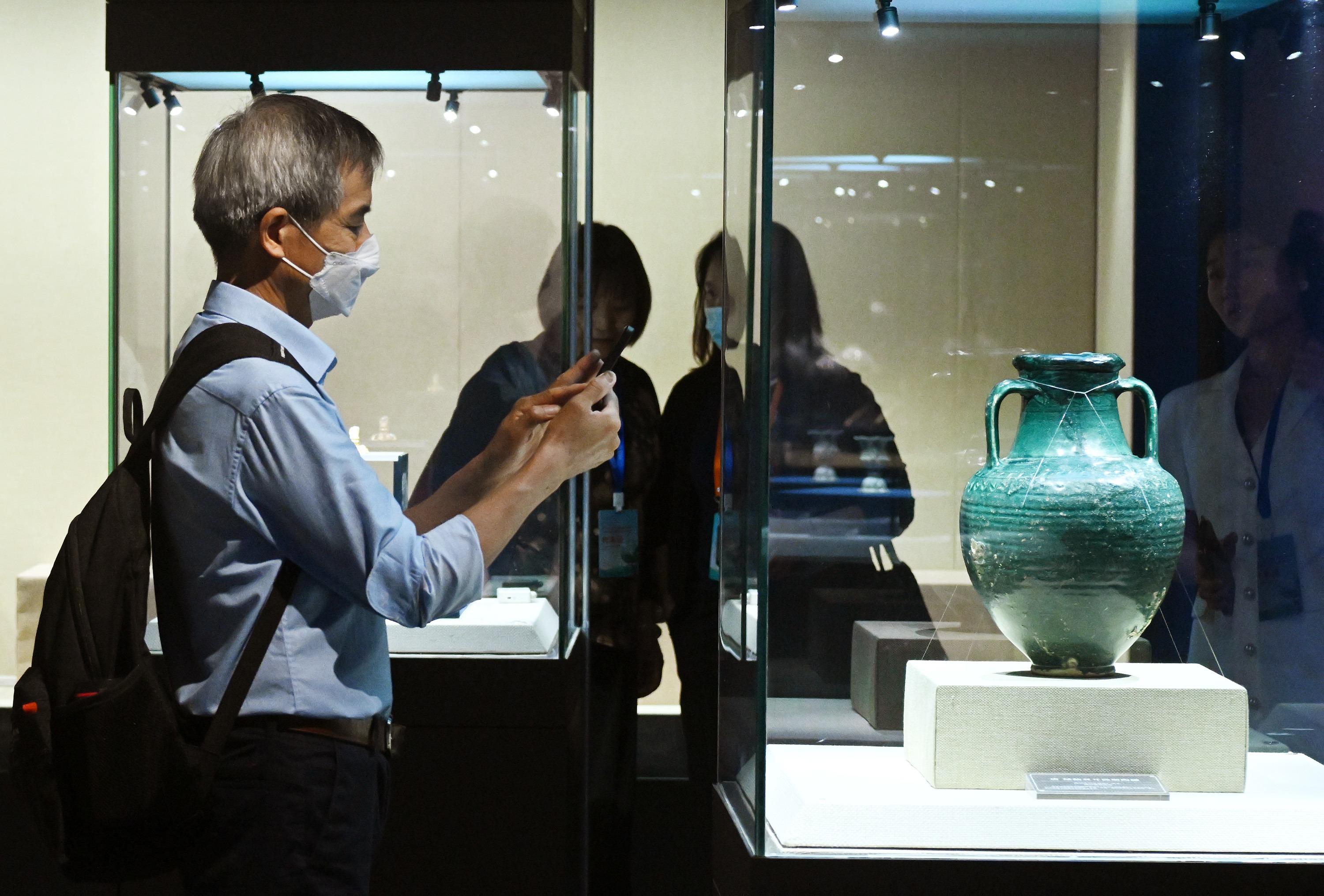 An exhibition on the Maritime Silk Road opens at the Fujian Museum in Fuzhou, Fujian province, on Thursday to commemorate the 10th anniversary of the Belt and Road Initiative. (PHOTO / XINHUA)
An exhibition on the Maritime Silk Road opens at the Fujian Museum in Fuzhou, Fujian province, on Thursday to commemorate the 10th anniversary of the Belt and Road Initiative. (PHOTO / XINHUA)
A harmonious scene of peaceful coexistence between humankind and nature unfolds on a fan that resembles a tree.
A bird flies freely in the sunshine; a variety of lush plants grow as a rabbit hides among them; and a girl plays on a swing, her long hair flowing in the wind.
Such activities enable me to give full play to my specialist knowledge to help those who love collections.
Liang Xiuhua, an expert in evaluating ancient paintings and calligraphy in Zhejiang province
Designed mainly by Jusuk Ma, a French university student who worked as an intern for the International Council of Museums, or ICOM, in the past year, these scenes compose the official poster for International Museum Day this year, an annual event that promotes the importance of museums.
The theme for this day, which fell on Thursday, is "Museums, Sustainability and Well-being". Zhao Feng, a member of the ICOM executive board, said the poster is closely linked to this theme, which focuses on global health and well-being, climate action and life on land.
Museums worldwide have attached greater importance to sustainability in the past two years. Last year, "Museums foster diversity and sustainability" was added to such institutions' role at the 26th International Council of Museums General Conference in Prague, Czech Republic.
ICOM said: "Museums are key contributors to the well-being and sustainable development of our communities. As trusted institutions and important threads in our shared social fabric, they are uniquely placed to create a cascading effect to foster positive change."
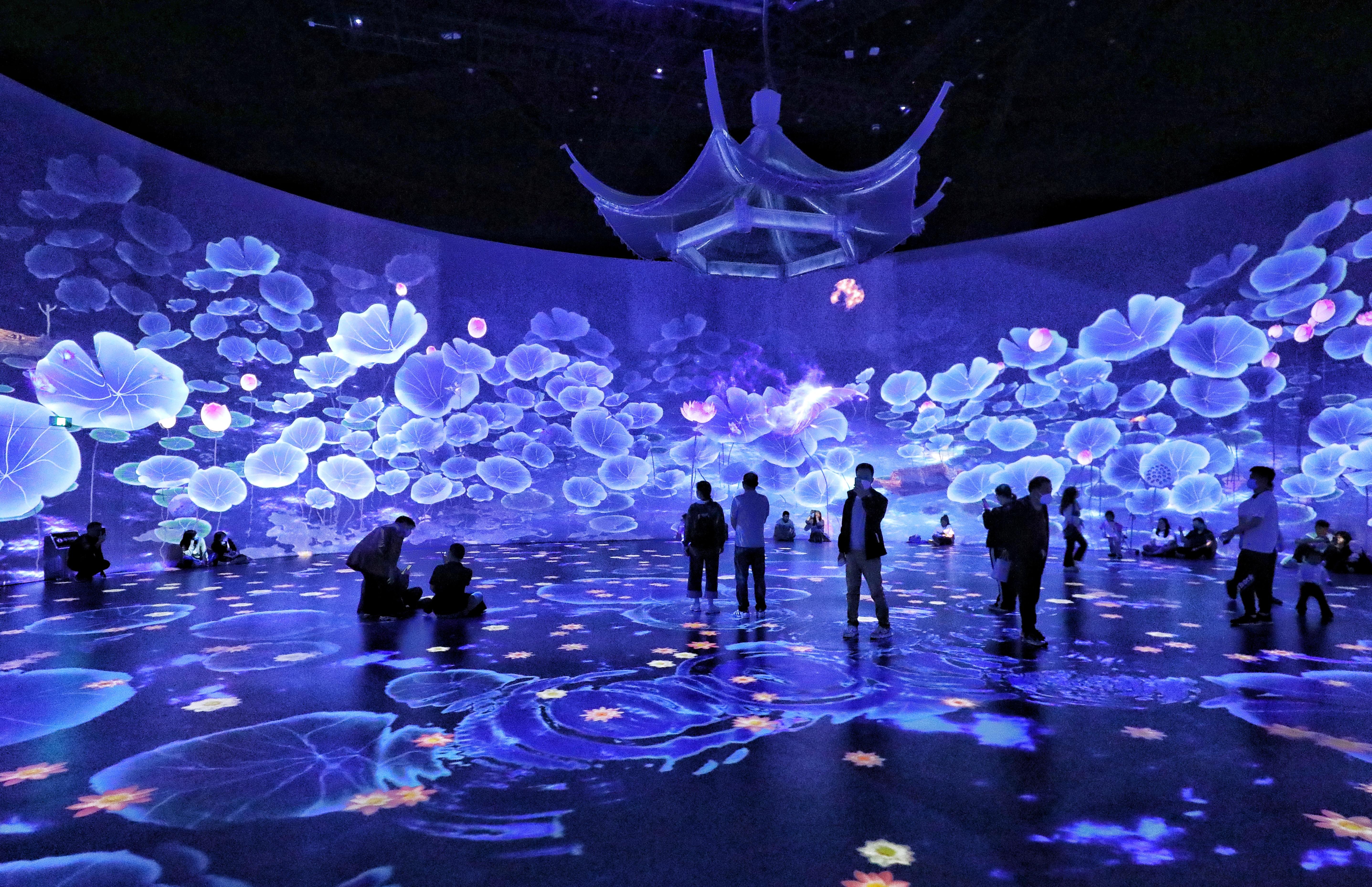 Visitors to the China Grand Canal Museum in Yangzhou, Jiangsu province, enjoy scenes from the canal during a digital display on Wednesday. (SHI BAIRONG / FOR CHINA DAILY)
Visitors to the China Grand Canal Museum in Yangzhou, Jiangsu province, enjoy scenes from the canal during a digital display on Wednesday. (SHI BAIRONG / FOR CHINA DAILY)
International Museum Day was launched by ICOM in 1977. Every year since 2009, China has chosen a major venue to stage nationwide activities to celebrate the day. Fujian Museum in Fuzhou, capital of Fujian province, was the main venue this year, playing host to exhibitions, academic forums, light shows and many other activities last week.
Li Qun, director of the National Cultural Heritage Administration of China, said Fujian used to be an important starting point for the ancient Maritime Silk Road. Quanzhou city, Fujian, a center of maritime trade during the Song (960-1279) and Yuan (1271-1368) dynasties, was added to UNESCO's World Heritage List in 2021, with the attribution "Quanzhou: Emporium of the World in Song-Yuan China".
This year marks the 10th anniversary of the Belt and Road Initiative. To commemorate the occasion, the exhibition Good Fortune Sails Across the World: The Cultural Hallmarks of the Maritime Silk Road opened at the Fujian Museum on Thursday.
The exhibition features 295 artifacts from the ancient Maritime Silk Road loaned by 35 cultural institutions and museums in China, including the Palace Museum in Beijing, the Shanghai Museum, and the China Maritime Museum in Shanghai.
A highlight of the display is a model fuchuan, also known as the Fujian vessel, one of the four types of ancient wooden sailing boats in China. With its flat deck, V-shaped hull, good stability in the water, and large capacity, the fuchuan was often used as a cargo vessel after the Song Dynasty.
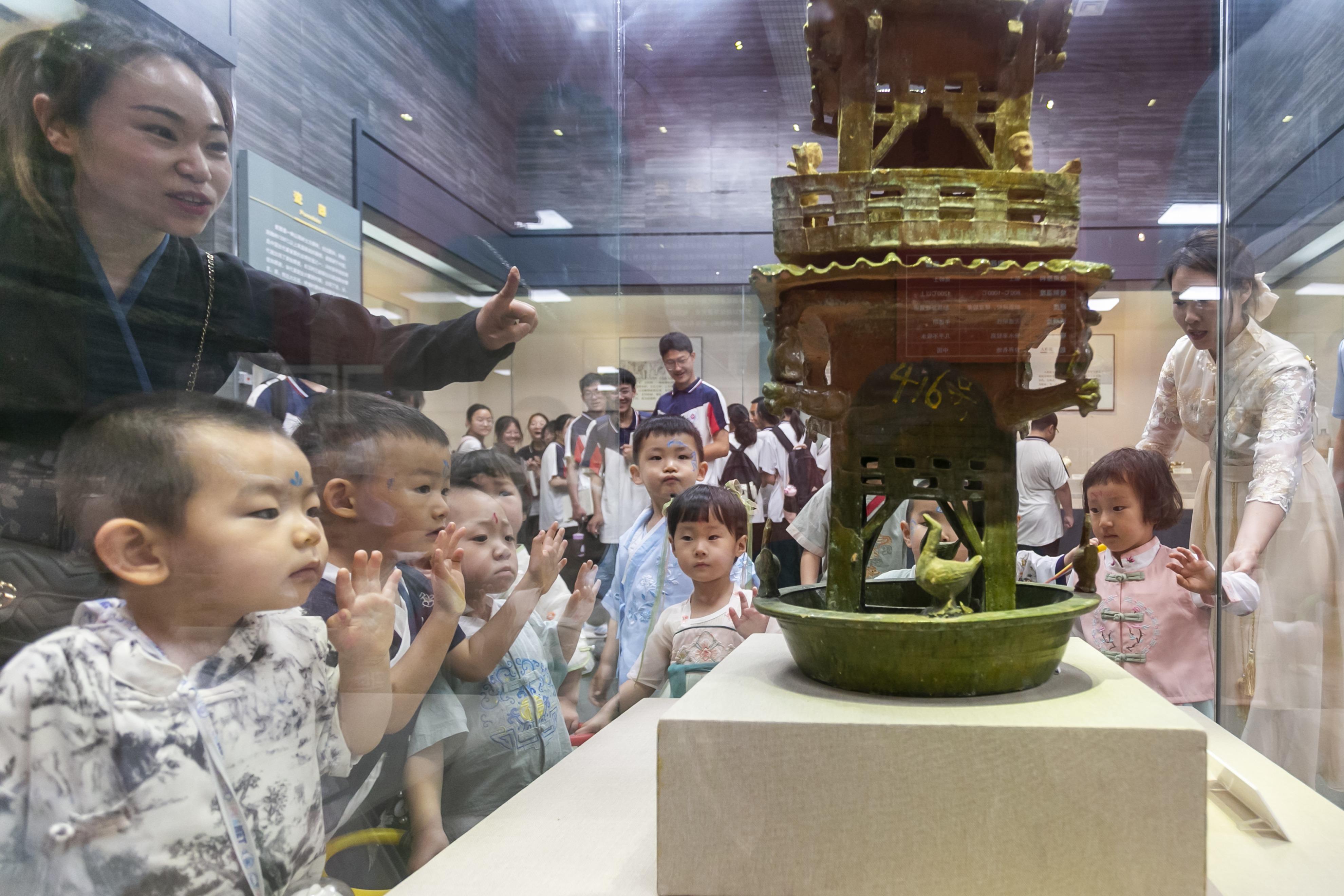 Schoolchildren in Yuncheng, Shanxi province, visit the city's museum. (JIANG HUA / FOR CHINA DAILY)
Schoolchildren in Yuncheng, Shanxi province, visit the city's museum. (JIANG HUA / FOR CHINA DAILY)
Gold ingot
Yang Jingbin, an associate researcher at the Fujian Museum, said that when Chinese navigator Zheng He from the Ming Dynasty (1368-1644) made his seven westward voyages, his fleets mainly comprised Fujian vessels.
Also on display is an inscribed gold ingot weighing nearly 2 kilograms unearthed from the tomb of Zhu Zhanji, a son of emperor Zhu Gaochi (1378-1425) in the Ming Dynasty. The inscription states that the raw material for the ingot was bought overseas by Zheng during his fifth voyage.
"It is the only artifact to date with a clear inscription that shows it is related to Zheng's voyage. It was given as a gift to Zhu Zhanji to mark his engagement," Yang said.
The exhibition also features a variety of porcelain, silk and teas, which used to be major export commodities.
Such artifacts provide clues to cultural links. For example, a blue-and-white porcelain candlestick from the Ming Dynasty is highly similar to a bronze candlestick from West Asia in the 14th century.
"It shows the mutual influence of both cultures, reflecting the harmonious symbiosis of ancient times," Yang said.
White porcelain made in Dehua county, Fujian, was a highly important commodity shipped overseas. To illustrate its history, an exhibition of Dehua white ceramics has also opened at the Fujian Museum.
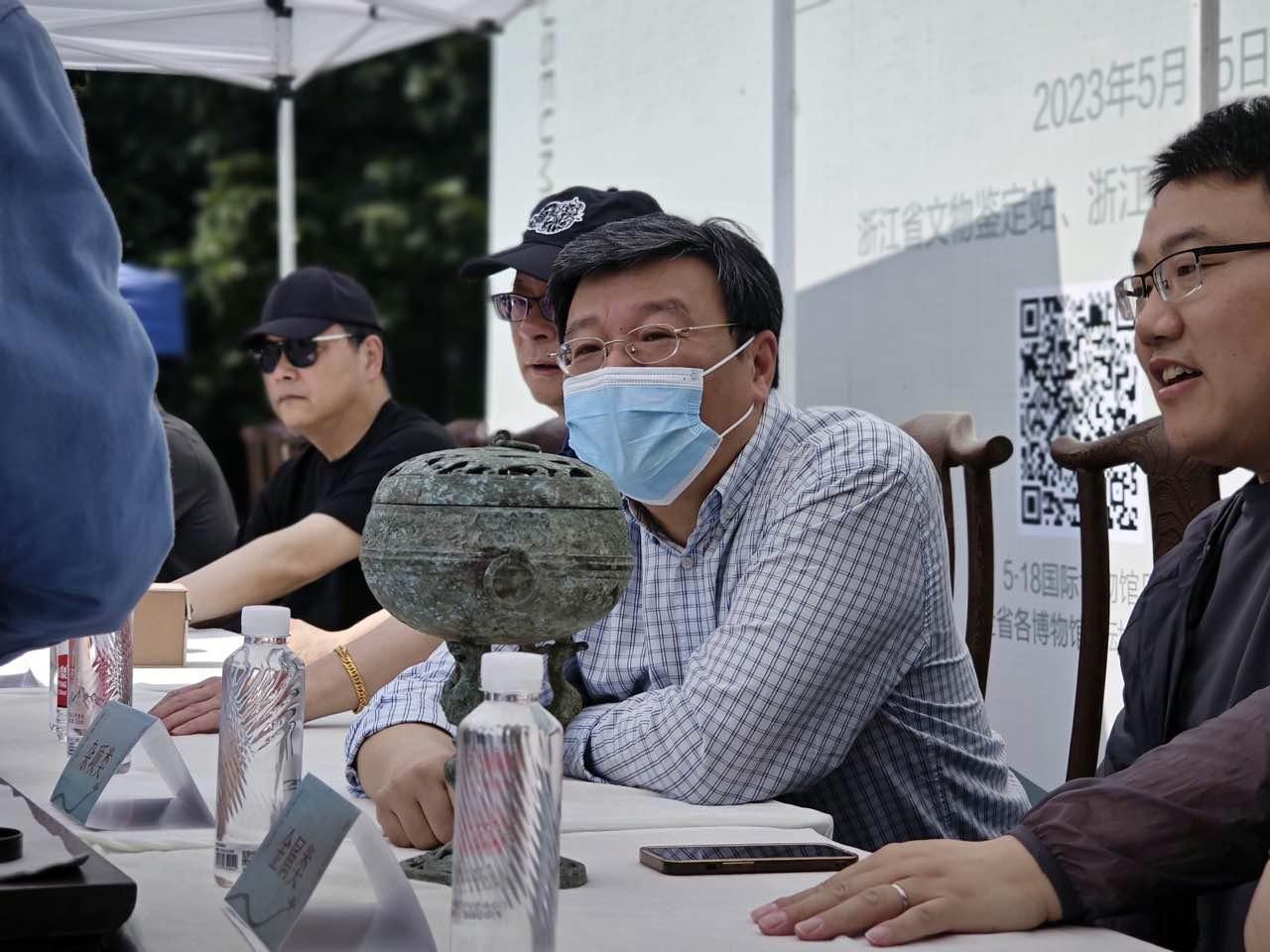 Experts evaluate cultural relics in Lanxi, Zhejiang province. (PHOTO PROVIDED TO CHINA DAILY)
Experts evaluate cultural relics in Lanxi, Zhejiang province. (PHOTO PROVIDED TO CHINA DAILY)
Bai Ming, a professor at Tsinghua University's Academy of Arts and Design, said white ceramics from Dehua have long been known as top-grade Chinese porcelain, as they were shipped overseas in ancient times. In the West, they were known by the French in the 19th century as Blanc de Chine, or "white from China".
In the Song Dynasty, the Dehua Kiln began to prosper from maritime trade, and in the late Ming and early Qing (1644-1911) dynasties, white porcelain became a highly prized commodity from the kiln.
Huang Weiwei, a guide at the exhibition, said customized white porcelain was shipped overseas at the start of the Ming Dynasty.
Two white ceramic statues of Adam and Eve are believed to be examples of such products. The statues, produced by the Dehua Kiln, are now stored at the Fujian Museum.
"It seems that Chinese artisans made such statues based on their imagination. Although the figures depicted by the statues are half-naked, they are very different from those made overseas. Their movements seem to be restricted, as if they don't know where to put their hands, and they look as though they want to hide their semi-naked bodies," Huang said.
"There are few historical records about ancient craftspeople in China, but through their work we gain a glimpse of how they reacted to Western culture and their understanding of this culture."
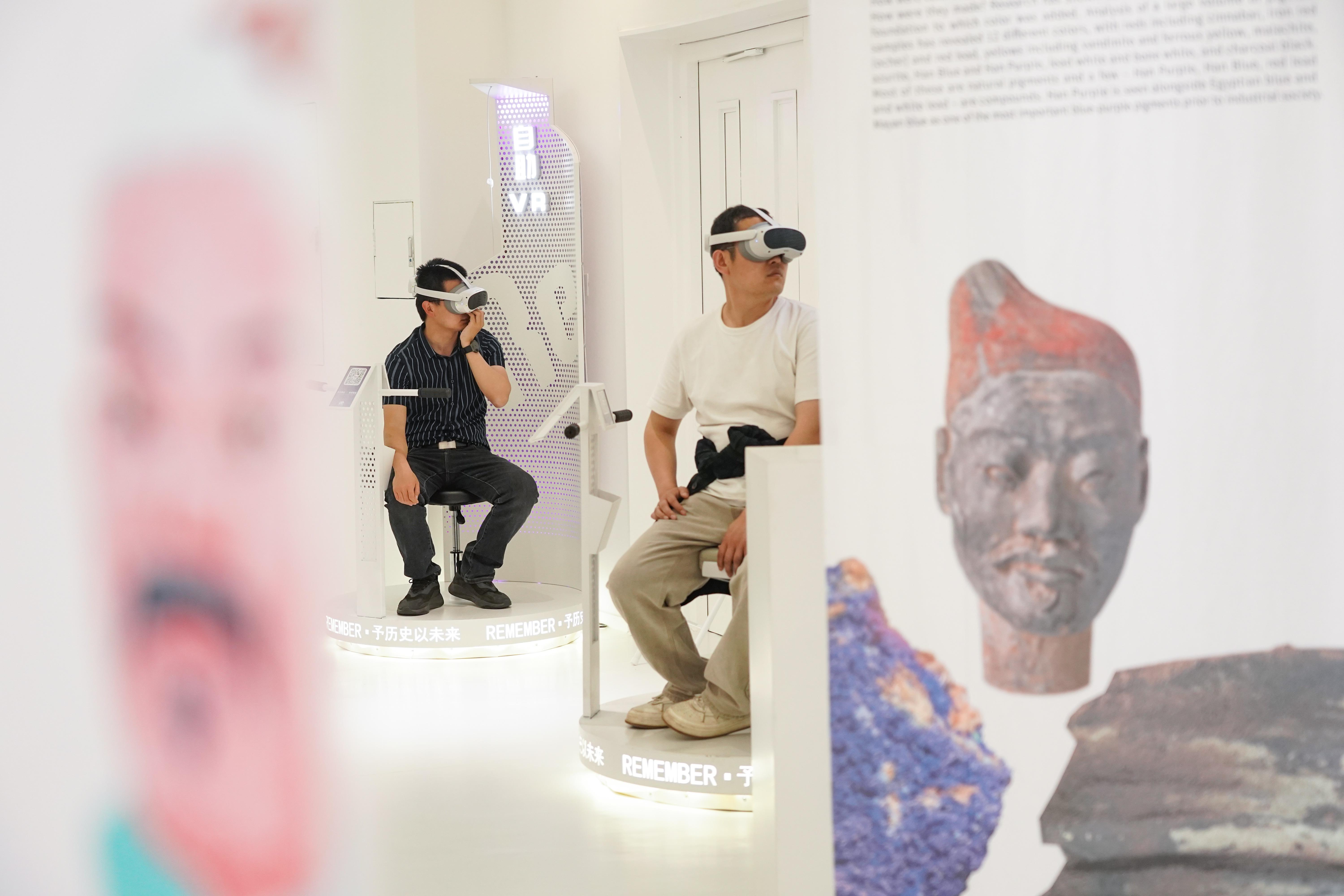 Virtual reality lenses are used to present cultural relics in Beijing. (PHOTO / XINHUA)
Virtual reality lenses are used to present cultural relics in Beijing. (PHOTO / XINHUA)
Quick response
Similar statues are housed in the collections of many European museums, including the British Museum and the Victoria and Albert Museum in London, Huang said.
When the exhibitions opened at the Fujian Museum on Thursday, industry professionals attending a forum enthusiastically expressed their ideas for the sustainability of museums.
Zhao said that after the draft resolution Transforming our World: The 2030 Agenda for Sustainable Development was issued by the UN in 2015, the museum sector responded quickly, and in 2018, ICOM established a working group on sustainability.
The principle of sustainability features in ICOM's strategic plan for 2022-28, the themes for International Museum Day for several years, and the revised plan for the ICOM Code of Ethics for Museums.
ICOM President Emma Nardi said in a video message to the International Museum Day celebrations in Fuzhou, "This demonstrates the resolve to make our professional contribution to implement the Sustainable Development Goals of the UN and to make a better world for human civilization."
Gu Yucai, deputy director of the National Cultural Heritage Administration, said sustainability requires museums to put forward the idea of coexistence between humans and nature through their exhibitions. Such institutions should also develop in a green and low-carbon manner by saving energy and reducing emissions.
Li, the administration's director, said one of the biggest costs involved in managing a museum is energy consumption. The administration aims to make Suzhou Museum in Jiangsu province a test site to promote the green and low-carbon development of museums.
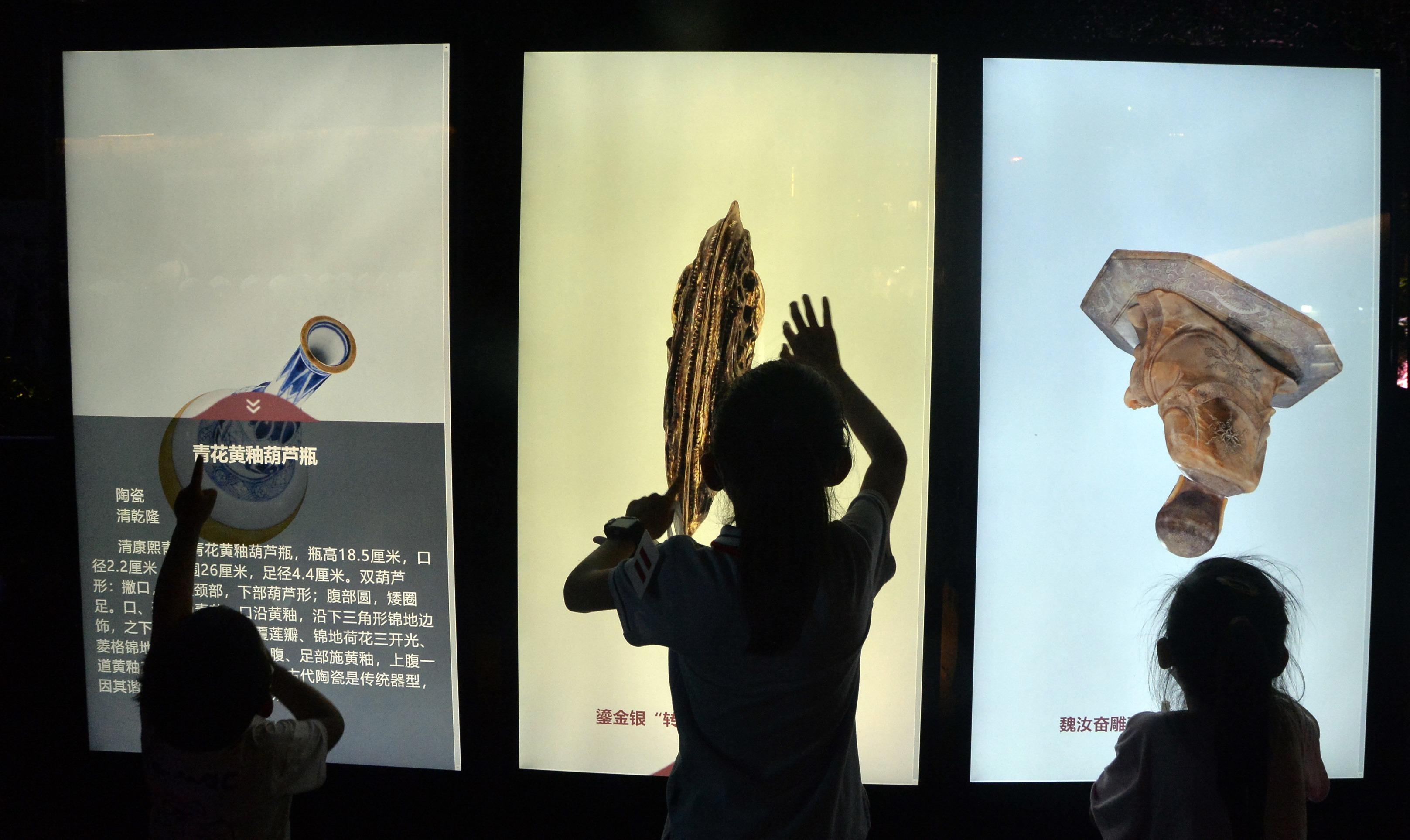 Children learn about the city's past at a museum in Fuzhou. (ZHENG SHUAI / FOR CHINA DAILY)
Children learn about the city's past at a museum in Fuzhou. (ZHENG SHUAI / FOR CHINA DAILY)
Zhao cited the Shanghai Museum of Glass, which decades ago was the site of a factory producing glassware, as a good example of applying the principle of sustainable development in its establishment and operation.
He said the area in which the museum is located used to be home to old industries and abandoned factories, so the environment was not good. However, when the museum was established, environmental improvements took place.
Local residents were granted free admission to the museum, and attended lectures on the importance of the environment and protecting biodiversity. They were also invited to take part in an initiative to improve the diversity of local flowers and other plants to attract more pollinating insects to return to the area.
"In this way, the local environment is improving. I think the museum project is a complete restoration project, which will bring a big change to the entire community," Zhao said.
More activities have been held in museums nationwide, including the provision of public services for evaluating cultural relics.
For example, on Wednesday, Zhejiang Provincial Museum organized such an activity in Lanxi, Zhejiang. Specialists in porcelain, jade, ancient paintings and calligraphy were invited to answer questions and help evaluate collections.
Liang Xiuhua, an expert in evaluating ancient paintings and calligraphy, said: "Such activities enable me to give full play to my specialist knowledge to help those who love collections. In this way, we meet the public's requirements and contribute to the collection of folk artifacts and development of the artifact market."
Wang Kaihao contributed to this story.


